From the Spring 1982 Sight and Sound. — J.R.
Jack Reed’s Christmas Puppy: Reflections on REDS
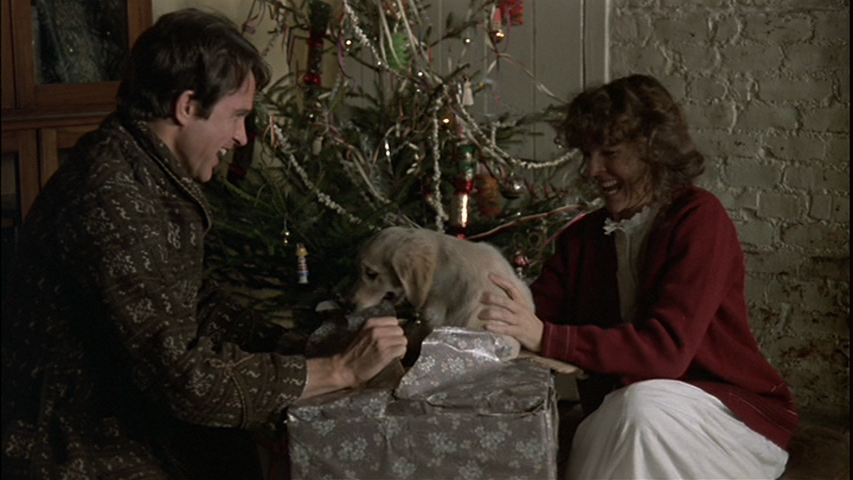
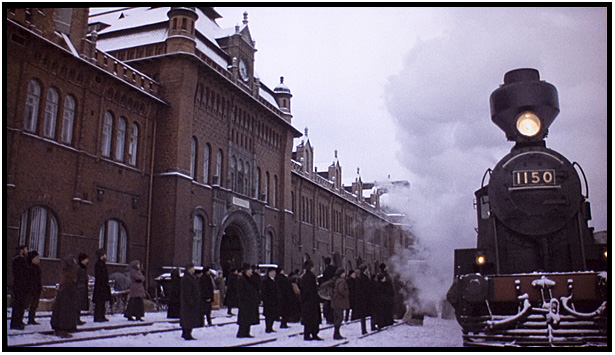
1: On the Unreliability of Memory
Men make their own history, but they do not make it just as they please; they do not make it under circumstances chosen by themselves, but under circumstances directly encountered, given and transmitted from the past. — Karl Marx, The Eighteenth Brumaire
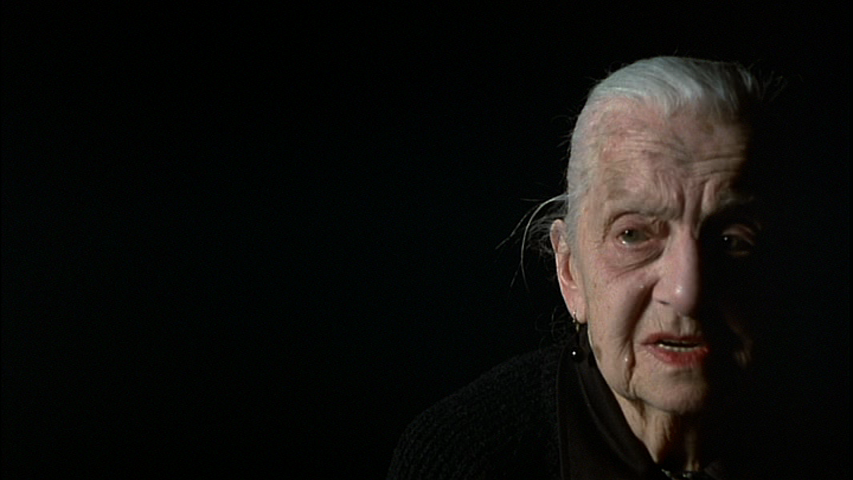
“Was it 1913 or ’17?” wonders the first ancient voice, male and faltering, after a burst of vigorous ragtime has faded out, before the opening credits have left the screen. “I can’t remember now — I’m beginning to forget all the people I used to know.” “Do I remember Louise Bryant?” asks the voice of another male oldster. “Why, of course; I couldn’t forget her if I tried.” A third witness of that period, female, appears on the right of the screen against a black background, lit like a Richard Avedon portrait. “I can’t tell you,” she replies to an unheard question. “I might sort of scratch my memory, but not at the moment . . . you know, things go and come back again.”

At once the conscience and the Greek chorus of REDS, the thirty-two “witnesses” who prattle and reminisce about the real characters and events — John Reed, Louise Bryant, Eugene O’Neill, Emma Goldman, World War I, the Russian Revolution — are immediately perceived as human, charming, and indispensable; without them, the film and its achievement could not even begin to exist. Read more
From the January-February 2011 Film Comment. — J.R.
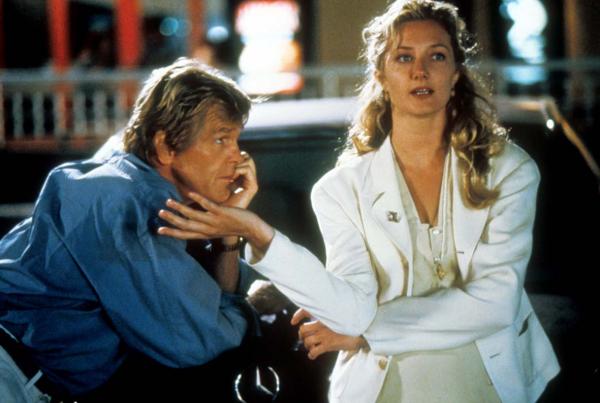
“In describing rarely screened movies like Lev Kuleshov’s The Great Consoler or Ritwik Ghatak’s Ajantrik,” wrote a Boston Globe reviewer of my latest collection, “Rosenbaum is like a restaurant critic describing the mouth-watering meal he had at a restaurant that just closed in another city.” Since both films are available on DVDs with English subtitles to anyone who knows how to Google, this is a dubious compliment at best. But it might apply to the following, from my 2000 book Movie Wars: “Having had the opportunity to see I’ll Do Anything as a musical, I can report that it was immeasurably better in that form — eccentric and adventurous, to be sure, but also dramatically and emotionally coherent.”
I hope that someday Brooks can find a way of releasing his original cut of this film on DVD, though I’m told that the cost of the song rights might make this prohibitive. (Nine of these original songs are by Prince, and at least two others are by Carole King and Sinéad O’Connor.) So what follows is an attempt to explain what I like about a movie you may never be able to see, which is still my favorite Brooks feature. Read more
From the Soho News (August 11, 1981). This film is available now on Blu-Ray. — J.R.
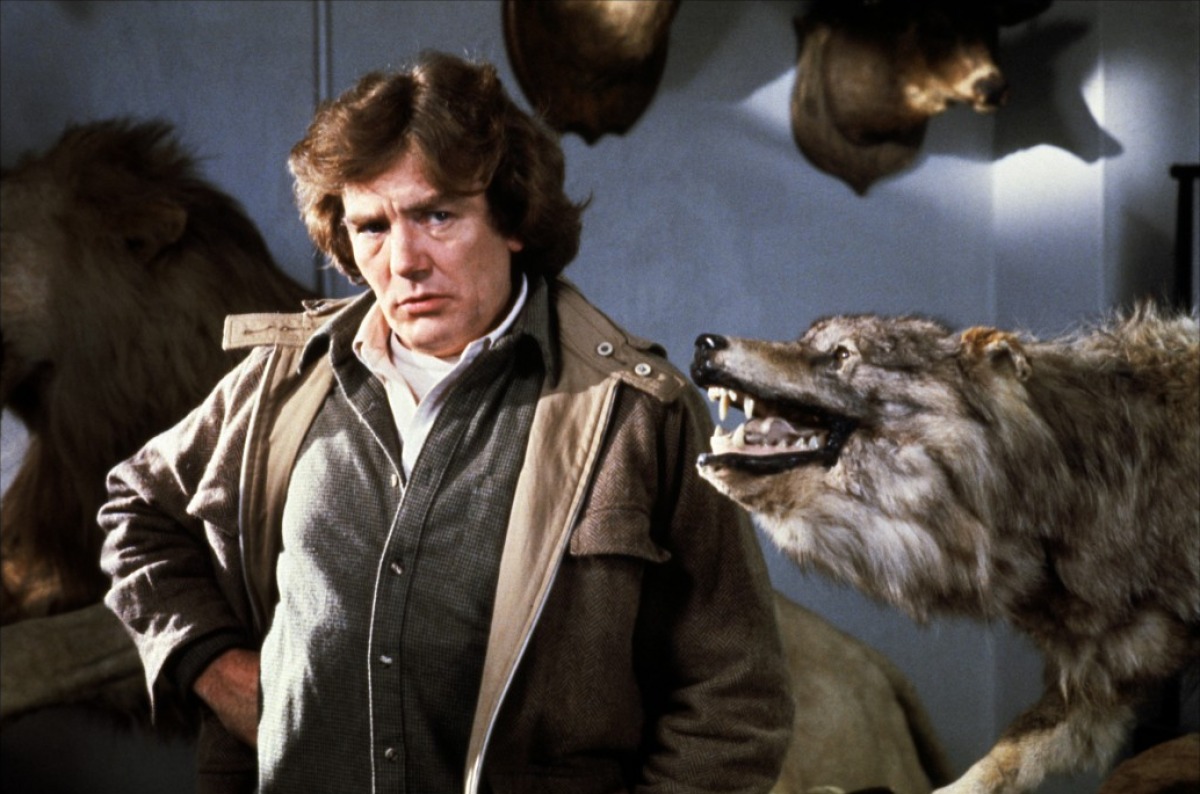
Wolfen
Written by David Eyre and Michael Wadleigh
Based on a novel by Whitley Streiber
Directed by Michael Wadleigh
Tarzan, the Ape ManWritten by Tom Rowe and Gary Goddard
Directed by John Derek
I Hate Blondes
Written by Laura Toscano and Franco Marotta
Directed by Giorgio CapitaniHeavy Metal
Screenplay by Dan Goldberg and Len Blum
Directed by Gerald Potterton (opens August 7)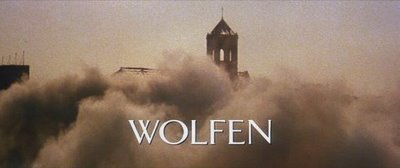
It was at the Cannes Festival in 1970 — a happy, unreal event — that I first came upon the awesome, utopian Woodstock, in 70mm and stereo, along with its pie-eyed director, Michael Wadleigh. He spoke beatifically about the convergence of art and politics in his press conference, and quite movingly dedicated Woodstock before its screening to the students who had just been killed at Kent State. After the movie, he passed out black armbands in the Grand Palais; I took one and wore it for a while. Eventually, some of the boutiques along the Croisette started selling them — which made it hard to know whether one was representing the New Left or Warner Brothers. Read more
From Moving Image Source (May 18, 2009). — J.R.
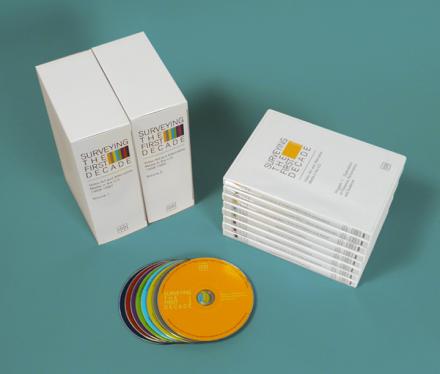
I wouldn’t say that video art per se makes me break out in hives. I even like some examples of it, including work by Thom Andersen, Gregg Bordowitz, Joan Braderman, Pedro Costa, Adam Curtis, Steve Fagin, Jean-Luc Godard (for me, his best work over nearly the past two decades), Ken Jacobs, Jia Zhangke, Abbas Kiarostami, Alexander Kluge, Mark Rappaport, Raúl Ruiz, Aleksandr Sokurov, Michael Snow, Leslie Thornton, and Bill Viola. But when it comes to most early American video art, I have an allergic reaction. A dozen years ago, while co-teaching a course with video artist Vanalyne Green at Chicago’s School of the Art Institute called “Film and Video: What’s the Difference?” I even tried -— without much sustained success — to combat this allergy homeopathically.
More recently, I’ve tried again by attempting to come to terms with the Video Data Bank’s multiregional DVD box set, Surveying the First Decade: Video Art and Alternative Media in the U.S. — a mammoth compilation curated by Christine Hill, encompassing eight discs, 68 titles, and over 16 hours, produced for institutional rather than consumerist use. (The cost is otherwise prohibitive: $1,350 before September 1, $1,500 afterward, and postage is extra.) Read more








